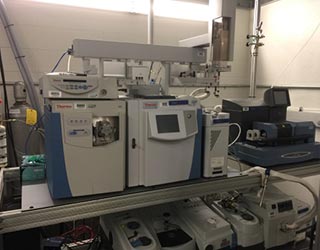

Their disadvantage is that ray tracing codes require longer computational times, with the consequence that they are not ideal for system optimization. They can account for sophisticated physics and thus can model real interactions between the various optical components and light beams. Ray tracing techniques hold a great advantage over convolution methods, as they are more flexible and can be used to model nonideal optics. A systematic comparison between ray tracing and convolution methods shows that similar results can be reproduced starting from the same hypothesis. These errors are a result of uncertainties in the description of reflective surfaces and sun shape properties. Reflected rays from elementary mirrors are assigned error cones that are calculated by convolutions of normal Gaussian distributions corresponding to various error sources. The computation time increases with the number of rays and the complexity of geometry, for a given computation accuracy.Ĭonvolution methods take a less direct approach. This is a direct computational scheme that is essentially a Monte Carlo method. The irradiation on an elementary surface is proportional to the number of impacting rays. The procedure involved in ray tracing methods for specular reflection problems is to select at random a bundle of rays emitted from one surface and then track the rays that impinge on a second surface. These codes comprise two large categories: one category of codes utilize ray tracing to calculate concentrated solar irradiation, and another category of codes uses convolution methods. give an overview of the most widely used computer codes and detail all their features, strengths, and weaknesses.
#Soltrace example code#
Although significant amount of work is generally needed to adapt the computer codes to accommodate specific features and needs of each project, there is no consensus about which code can be considered a standard research or industry tool. It is difficult to experiment and rearrange the heliostat fields, so the best way to obtain performance estimates is through the use of computer simulations. The energy yield is influenced by mirror reflectivity, blocking, and shading, as well as errors in tracking and canting methods. Therefore it is essential to maximize the energy yield from a heliostat with a given mirror area. The capital cost of the heliostat field in central receiver power plants is the dominant part of the system cost, reaching up to 50% of the capital investment. The mirrors are integrated into fixed reflectors or dishes, or sun-tracking reflectors called heliostats, which improve the concentration efficiency of the system (cf. The mirrored surfaces assume different shapes depending on the ultimate concentration desired. The most common component employed for collecting the solar radiation is mirror reflectors. The technologies currently under investigation are based on the concept of concentrating solar radiation to central receivers and then generating steam to power cycles and generate electricity. Recent studies indicated that using solar energy to be drive for electricity and water cogeneration is both technically feasible and economically viable in geographical regions where solar irradiation is abundant and there are pressing energy and water needs. This trend has given impetus to the search of efficient methods for the production of energy from renewable sources. The global energy demand is increasing due to growing population, climate change, and depletion of fossil fuels. The US National Renewable Energy Laboratory (NREL). The method of caustics was validated against SolTRACE, a ray-tracing code developed by We propose the use of caustics to predict the image of the sun reflected by an arbitrary mirror of focal length and aperture on a target. Solar collector fields are typically modeled by ray-tracing or convolution methods however, no general method is available for engineering analysis. Therefore, it is essential to maximize the energy yield from a heliostat with a given mirror area. The capital cost of the heliostat field in central receiver power plants is significant, reaching up to 50% of the capital investment. The high relative cost of optical subsystems necessitates a careful study of their components. Heat for electricity generation via conventional power cycles. Solar thermal power generation is based on the concept of concentrating solar radiation to provide high temperature


 0 kommentar(er)
0 kommentar(er)
